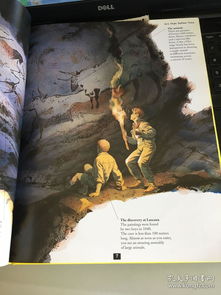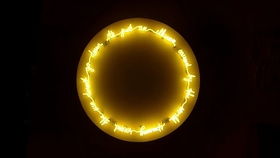
Content:
Introduction: Fishing, an age-old pastime, has been captivating anglers for centuries. Whether you are a beginner or an experienced fisherman, mastering the art of fishing can significantly enhance your experience on the water. One crucial aspect of fishing is understanding how to read the water and identify when a fish has taken the bait. In this article, we will delve into essential fishing techniques and provide you with a video demonstration to help you improve your skills. So, grab your rod and let's dive into the world of fishing!
Choosing the Right Bait: The first step in mastering fishing techniques is selecting the right bait. Different types of fish are attracted to different baits, so it's essential to research the species you're targeting. Here are some popular baits for various fish:
- Live Bait: Fish like worms, minnows, and leeches are highly effective for catching bass, walleye, and other species.
- Artificial Lures: Soft plastics, spinnerbaits, and crankbaits are versatile and can be used for a wide range of fish species.
- Jigs: Jigs are excellent for targeting fish in deep water or around structures. They come in various shapes and sizes, making them adaptable to different fishing situations.
Presenting the Bait: Once you have chosen the right bait, it's crucial to present it effectively. Here are some techniques to help you catch more fish:
- Cast: Practice your casting technique to ensure you can reach your desired spot without spooking the fish.
- Retrieve: The speed and rhythm of your retrieve can trigger strikes. Experiment with different retrieves to see what works best for the fish you're targeting.
- Stop and Go: Sometimes, simply pausing your retrieve can trigger a bite. Try stopping your bait for a few seconds before resuming your retrieve.
Reading the Water: One of the most critical aspects of fishing is being able to read the water. Here are some tips to help you identify potential fish-holding areas:
- Look for Structure: Fish often hide behind or around structures like rocks, logs, and weed beds. Cast towards these areas to increase your chances of catching fish.
- Observe the Water: Pay attention to water currents, ripple patterns, and other signs of fish activity. These indicators can help you locate fish in the water.
- Use a Fish Finder: A fish finder can provide valuable information about the water's depth, temperature, and fish presence. It's an excellent tool for anglers looking to improve their fishing skills.
How to Identify a Bite: Identifying a bite is crucial for successful fishing. Here are some signs to look out for:
- Sensation: Feel for any vibrations or movements on your line. A subtle tap or a strong pull can indicate a fish has taken the bait.
- Sight: Watch your bait as it moves through the water. If it suddenly stops or changes direction, it could be a sign of a fish strike.
- Sound: Sometimes, you can hear a fish taking the bait. Pay attention to any sounds in the water, such as splashes or pops.
Video Demonstration: To help you further understand these techniques, we have prepared a video demonstration. This video will showcase the various fishing techniques mentioned in this article, including casting, retrieving, and identifying bites. By watching the video, you will gain a better understanding of how to apply these techniques in real-life fishing scenarios.
Conclusion: Mastering fishing techniques takes practice and patience. By understanding the right bait, presenting it effectively, reading the water, and identifying bites, you can significantly improve your chances of catching fish. Don't forget to watch our video demonstration to enhance your skills even further. Happy fishing!












